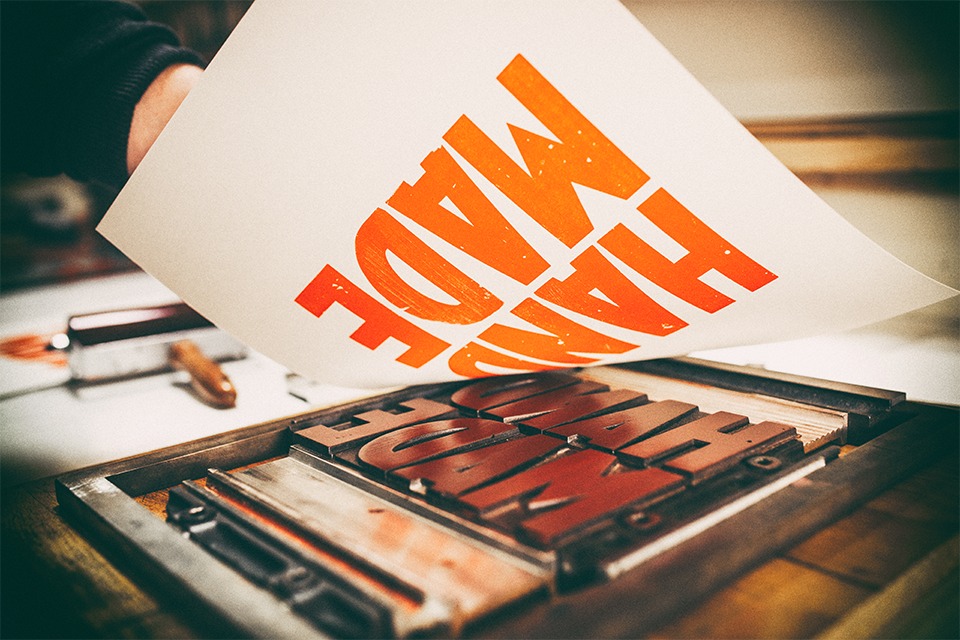Trademark Law 101- Protecting Your Brand [Webinar]
So you own a business, have a brand, and have a fancy mark that you call your logo. But is your brand protected? Or could a competitor swoop in and use a similar mark/idea/product and turn your hard work into something second rate.
Everbrave recently hosted a Trademark Law 101- Protecting Your Brand webinar, where we invited special guest speaker, Richard Stobbe of Field Law to talk about the basics of Trademark Law and what you need to know to protect your hard work and assets. Richard is a Lawyer, Trademark Agent and Certified Licensing Professional, and the perfect presenter on such a topic. His engaging and informative presentation gave us some really great insights into Trademark Law and what your rights are as a business owner when it comes to your brand and marks. There were so many great takeaways and key lessons throughout Richard’s presentation, but we thought we would share our top 5 with you!
It’s important to ask yourself, what is my brand worth to me?
Here are the 5 things you need to know to protect your brand:
- Trademarks are creatures of geography—this means wherever your core audience resides and where you plan on selling your goods and services, you must register your trademark in that country. So as a Canadian business owner, you will obviously register your brand in Canada, but if you start engaging in a ton of business within the United States you may want to consider registering your brand in the US as well to ensure your brand is protected in that region.
- Genericide—it’s an actual thing! This is what happens when your brand becomes so successful and so embedded into the culture that the mark cannot be legally registered. A really great example Richard shared with us is the escalator. The escalator has become a general term and an unprotected mark because an overwhelming amount of the general public recognizes the term escalator as the name of a moving stairway, not the source thereof. Think about it, would you ever really say, “Hey! I am just going to take the moving stairway” instead of taking the escalator? No! You wouldn’t! You would say, “Hey! I am going to take the escalator”, which is why the term has become generic descriptive and unregistered. Could Google lead to a similar fate with the everyday use of, “You should just Google it?”—Watch the free webinar, it’s something even Richard talks about.
- Trademarks are going beyond just logos or imagery—non-traditional marks that are becoming registered include 3-D Shape, hologram, moving image, a sound, scent, taste, texture, or even positioning of a sign. Some of these are rather subjective like scent and taste, and that leads to challenges when it comes to upholding them in the courts of law. Fun fact- did you know that the MGM Lion’s Roar was the first sound to be trademarked in Canada?
- Changes and variations in your registered trademark—so let’s say you registered your brand 10 years ago when your company was a start-up, and since then, you’ve had several changes and variations to keep up with the times, current fashions and marketing trends. If you don’t work to protect your brand as it changes, your original mark could be seen as abandoned and left open to competitors to infringe upon; the courts will only tolerate so much change and variation in your mark. That is why you need to take very careful steps in controlling how your brand is being used and represented. We recommend creating brand guidelines and making sure everyone in your organization is sticking to them.
- Cost of registering your mark– Usually all business decisions come down to money in the long run, and the cost of registering your brand could be perceived as rather expensive. But Richard has shared with us, that right now in Canada, you’re probably looking at anywhere from $2,500 to $3,500 per mark for the whole process. Not bad, considering the stress and implications you could face if infringement happens— It’s important to ask yourself, what is my brand worth to me? It is also worth mentioning that the trademark registration cost structure is set to change sometime in the near future, and as early as 2017. Those changes could see an implementation of a class-based fee system, which is the structure the United States currently uses. This new structure could very well increase costs as you would need to pay for each mark under each class it qualifies under! Maybe that’s just the motivation you need to register your mark now!
Want to learn more? We invite you to watch the recording of our Trademark Law 101 – Protecting your Brand webinar now.



